Whether you’re a homeowner, renter, or property manager, you may have wondered, “what setting should you leave your heat on when away from home?” It’s a good question that can have severe consequences if answered incorrectly.

When outside temperatures drop below freezing, homes kept at too cold of a temperature can be susceptible to pipes freezing and bursting, which can cause significant damage and expense. Although potentially catastrophic, you can easily avoid these types of costly plumbing repairs by maintaining an appropriate temperature inside your home.
While you certainly don’t want your pipes to freeze inside your home, you also want to avoid turning your living room into a sauna. Heating your home can be expensive, especially when cranking the heat up during the frigid winter months.
So what setting should you leave your heat on when away from home? Is there a happy medium between a frozen igloo and a sweltering steam room? Of course, there is. Let’s look at how to achieve a heating harmony.
Factors to Consider When Setting the Temperature of Your Home
There are several factors to consider when setting your home’s temperature; how cold is it outside? Is your home well insulated? How warm do you like it to feel inside? The question of what setting you should leave your heat on when away from home is strongly impacted by these considerations, and many more.
Climate

What setting should you leave your heat on when away from home? The answer to this question greatly depends upon what temperature it is outside and what temperature you foresee it being while you are away. If your home is in Montana and you plan on being away for a month during the arctic winter, then you need to leave the heat on substantially higher than you would if you live in Florida.
Insulation
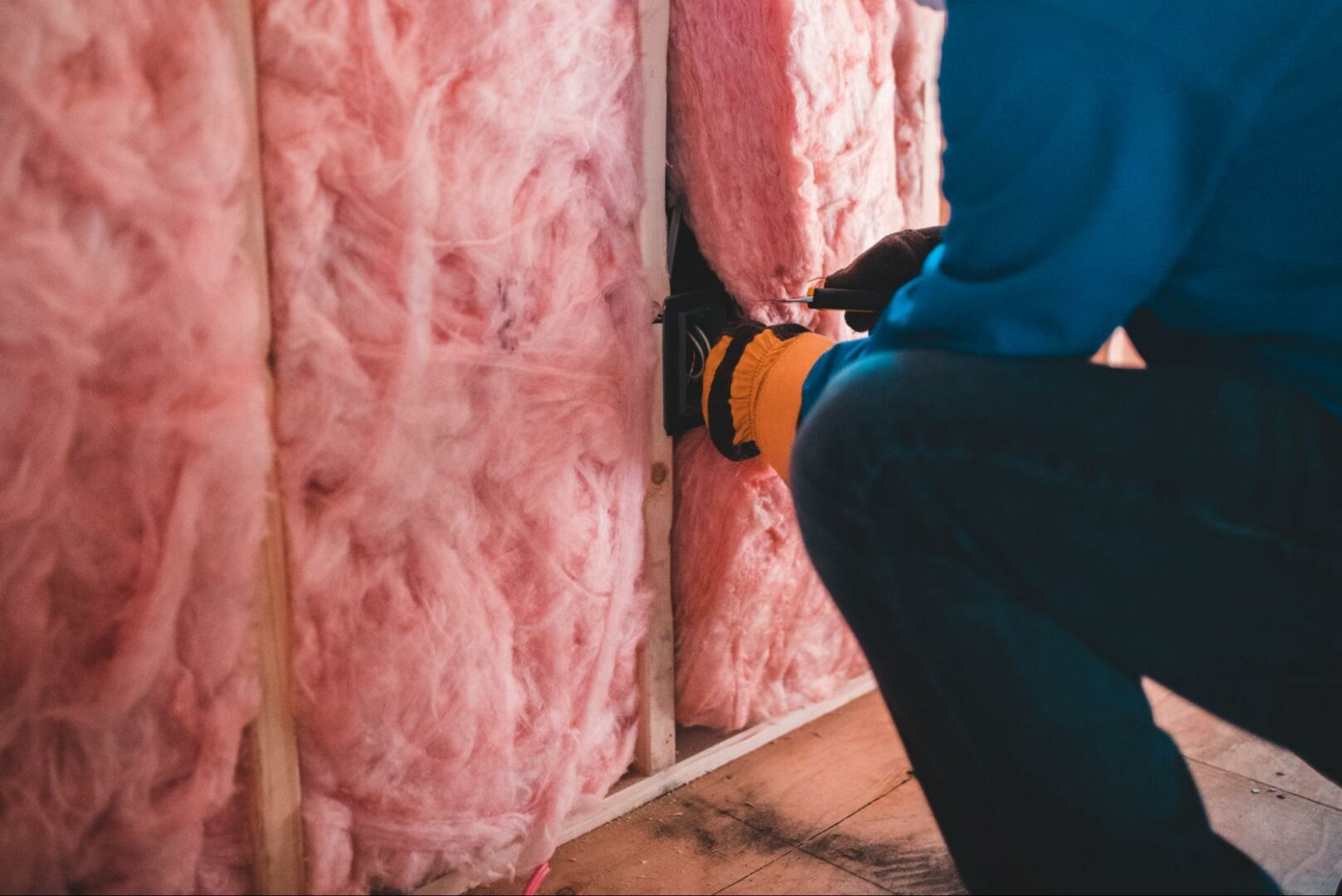
Is your home well insulated? If so, your home will be much more capable of regulating heat during summer and winter. A properly insulated home can retain significantly more heat and requires much less energy to maintain a safe temperature while you are away.
Energy Usage
The warmer the temperature you leave your home, the more energy will be consumed. In addition, it will take more power to heat a home where the outside temperature is twenty below zero than a home where the outside temperature is in the mid-forties.
Personal Preferences
If you are the kind of person that prefers to come home to a toasty warm house, then keeping the heat up higher while you’re away may be worth the higher energy bill to you. Maybe you don’t mind coming home and bundling up in a sweater and some blankets while you turn up the heat and wait to feel its warming effects. A certain amount of personal preference is involved in deciding what setting to leave your heat on when you are away from home.
Recommended Temperature Ranges
What setting should you leave your heat on when away from home? The answer to this question is dependent on the time of year.
Winter
If it’s winter and you live in a place that routinely reaches below-freezing temperatures, keeping the heat at a minimum of 62 or 63 degrees Fahrenheit is a good idea.
Keeping your thermostat set to 63 allows you to leave for extended periods and have no worries if temperatures dip below freezing.
Summer
If you are traveling during the summer or plan on being away from your home for an extended period, setting your thermostat to 55 degrees Fahrenheit may be a good idea.
Keeping your thermostat set to 55 may seem excessive, especially as temperatures soar into the 90s, but you’re just setting it as an emergency backup. Your heat will only turn on once temperatures inside your house drop below 55, an unlikely phenomenon if it is ninety degrees outside. The idea is that if a freak weather pattern occurred and temperatures dropped overnight, your home would be safe.
Tips for Maintaining a Comfortable Temperature in Your Home
Are you trying to keep your home warmer this winter? There are a variety of easy things that any homeowner, renter, or property manager can do to increase a home’s ability to maintain a comfortable temperature.
Use a Programmable or Smart Thermostat
Using a programmable or smart thermostat can help you and your home maintain a comfortable temperature all day long while being as energy efficient as possible.
Products like the 6iE Smart WiFi Thermostat from Warmup utilize Advanced Early Start functionality to work with your local forecast to turn your heat up or down at precisely the right time. In addition, the 6iE also uses SmartGeo technology to intuitively decrease the temperature while you’re away from home and increase the temperature when you’re on your way back. Advanced features like these allow you to maintain a comfortable temperature while increasing your home’s energy efficiency.
Seal Any Leaks or Drafts
A leaky, drafty house is less energy efficient, colder, and less comfortable than a house that you have sealed up tight. Taking the time to seal any leaks and drafts around your home will go a long way toward maintaining a comfortable temperature inside.
Use Weatherstripping
Windows and doors are notorious for allowing warm air to escape your home. Adding or replacing weatherstripping can result in marked improvement in your home’s comfort and energy efficiency.
Use Energy-Efficient Appliances and Lighting
If you often keep your heat low in fear of towering energy bills, consider changing to energy-efficient appliances and lighting.
LED light bulbs use substantially less energy to produce the same amount of light as their incandescent counterparts. For example, an LED light bulb produces the same amount of light as a sixty-watt bulb but uses a mere 8 watts. By changing your bulbs to LED, you can put those savings toward having a warmer home.
Radiant Floor Heating and Home Climate Control
Radiant floor heating can heat your home more evenly and efficiently than traditional forced hot air heating systems. A consistent, efficient heat can make your home feel warmer while using less energy – a true win-win situation.
Radiant floor heating systems from Warmup are perfect for primary heating. Warmup thermostats allow for you to choose if you’d like to target the floor or the air temperature, while a typical thermostat just targets the air temperature. Warmup thermostats can target either, and limits can be set so that systems can be designed to heat under any type of flooring.
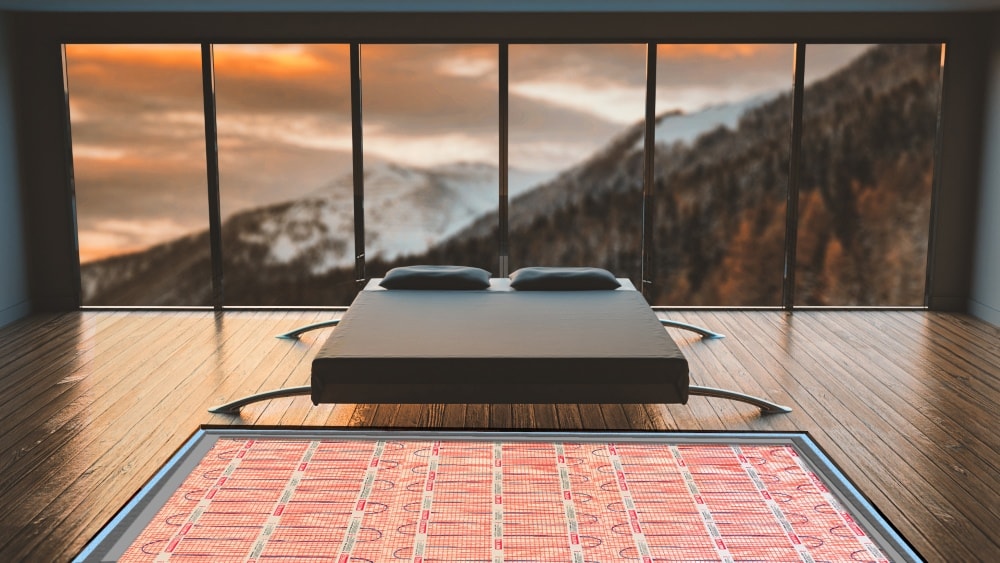
Design an Efficient and Comfortable Home Heating System with Warmup Radiant Floor Heating
With Warmup’s cutting-edge radiant floor heating and smart thermostats, like the 6iE Smart WiFi Thermostat, you will never again need to wonder what setting you should leave your heat on when away from home.
The 6iE Smart WiFi Thermostat intuitively turns your heat up or down depending on local weather, how far from home you are, and the time of day. Pair this thermostat’s powerful technology with Warmup’s DCM-PRO electric heating mat, and you could save up to 25% on your energy bill. For more information, visit our YouTube Channel.
Contact Warmup today, or get a free online quote. Say goodbye to chilly houses and horrifying energy bills and discover why Warmup is the world’s best-selling floor heating brand!
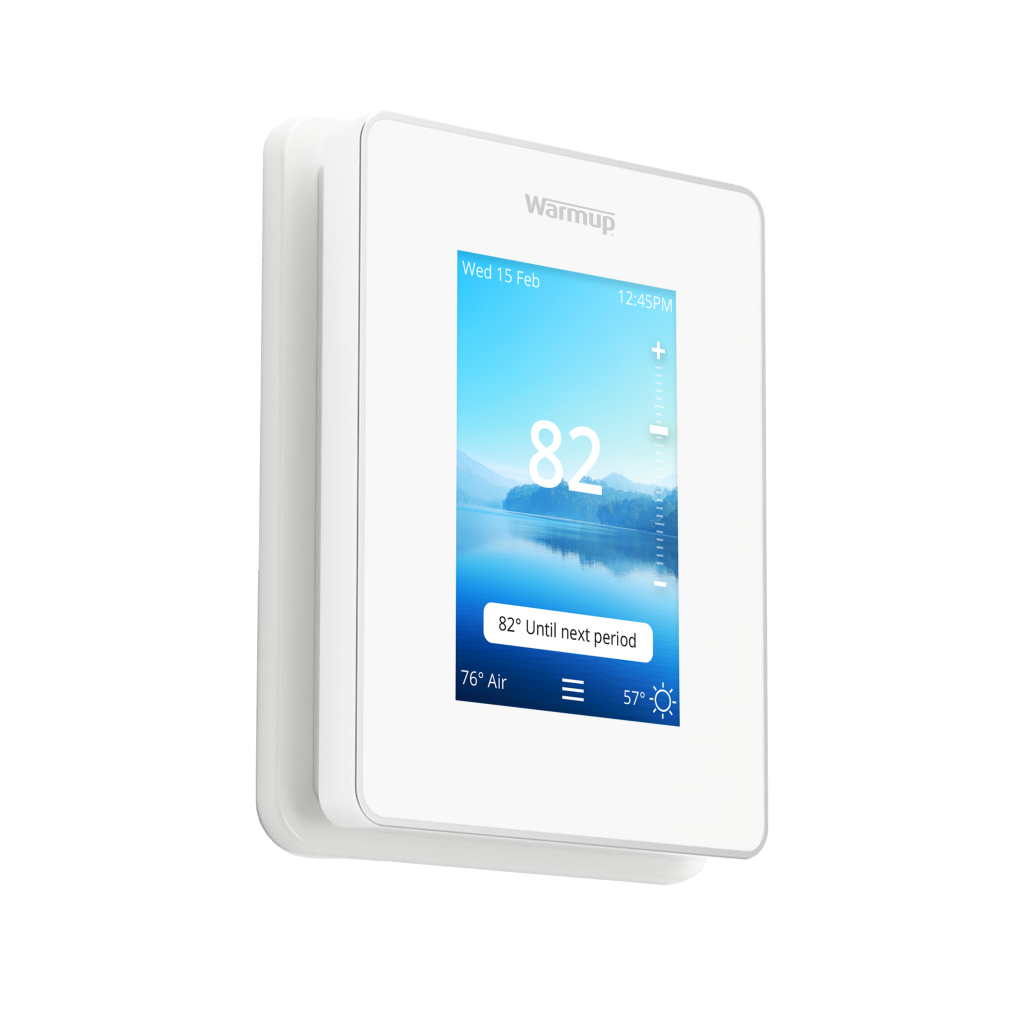
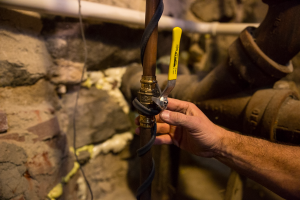
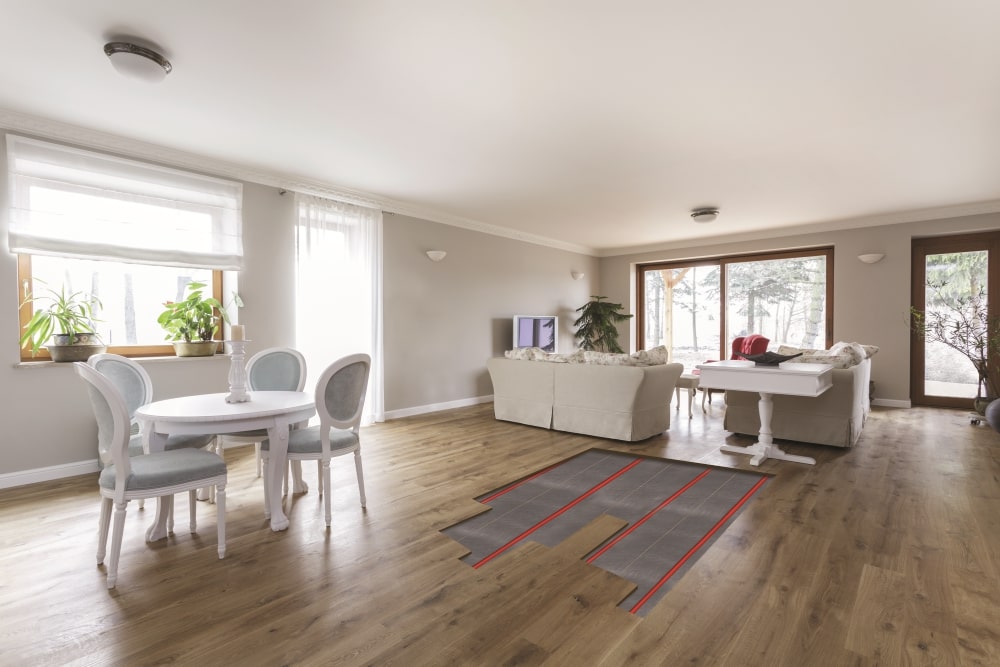

![Thumbnail [200x250]](/wp-content/uploads/Indoor-Systems-Page-Image.png)
![Thumbnail [200x250]](/wp-content/uploads/image-13.png)
![Thumbnail [200x250]](/wp-content/uploads/Projects-Image.png)